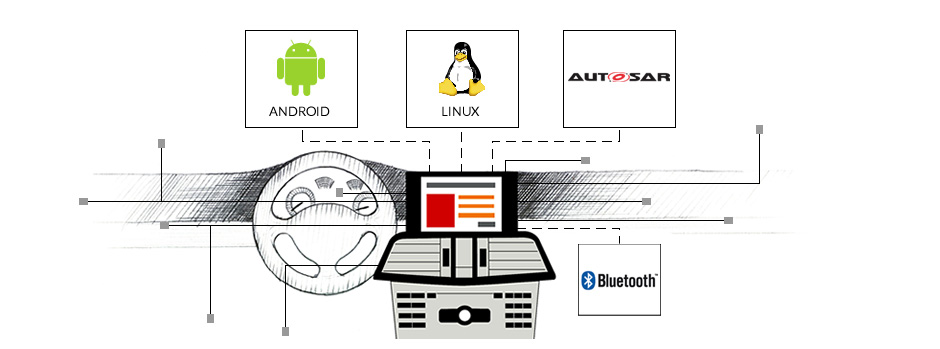OpenSynergy paves way for next-generation autonomous devices with virtualization for ARM’s most advanced real-time processor
To address increasing software complexity in devices such as autonomous vehicles and industrial control systems, this approach allows for the isolation of safety-critical functions from those that require less stringent control. In addition, it enables the consolidation of applications onto fewer electronic control units (ECUs) to both manage complexity and reduce cost.
“Mass-market autonomous vehicles will be engineered with greatly enhanced ECU compute capabilities and the ability to safely manage far more complex software stacks,” said Richard York, vice president of embedded marketing, ARM. "The Cortex-R52 was purpose-built for this task, with hypervisor-enabled software separation protecting critical safety features while ensuring fast task execution. This will enable highly performant vehicles that can be fully trusted to take over from the driver.”
“The ARM Cortex-R52 processor will bring virtualization technology to a much wider set of devices in the automotive market,” said Stefaan Sonck Thiebaut, CEO, OpenSynergy. “In doing so, we look forward to enabling the next generation of vehicle architecture.”
The Cortex-R52 introduces hardware support for virtualization to the Cortex-R family of processors while maintaining all the functionality required for hard real-time systems. The ability to maintain deterministic execution within a hypervisor provides an ideal solution to the challenge of concurrent real-time systems in a wide array of robotic applications.
OpenSynergy’s software architecture targets microcontrollers such as domain controllers. The hypervisor technology enables several real-time operating systems and AUTOSAR systems at different ASIL levels to run in parallel on the Cortex-R52.
